Instruction
Stickney: Fixing a common set-up fault among middle-aged golfers
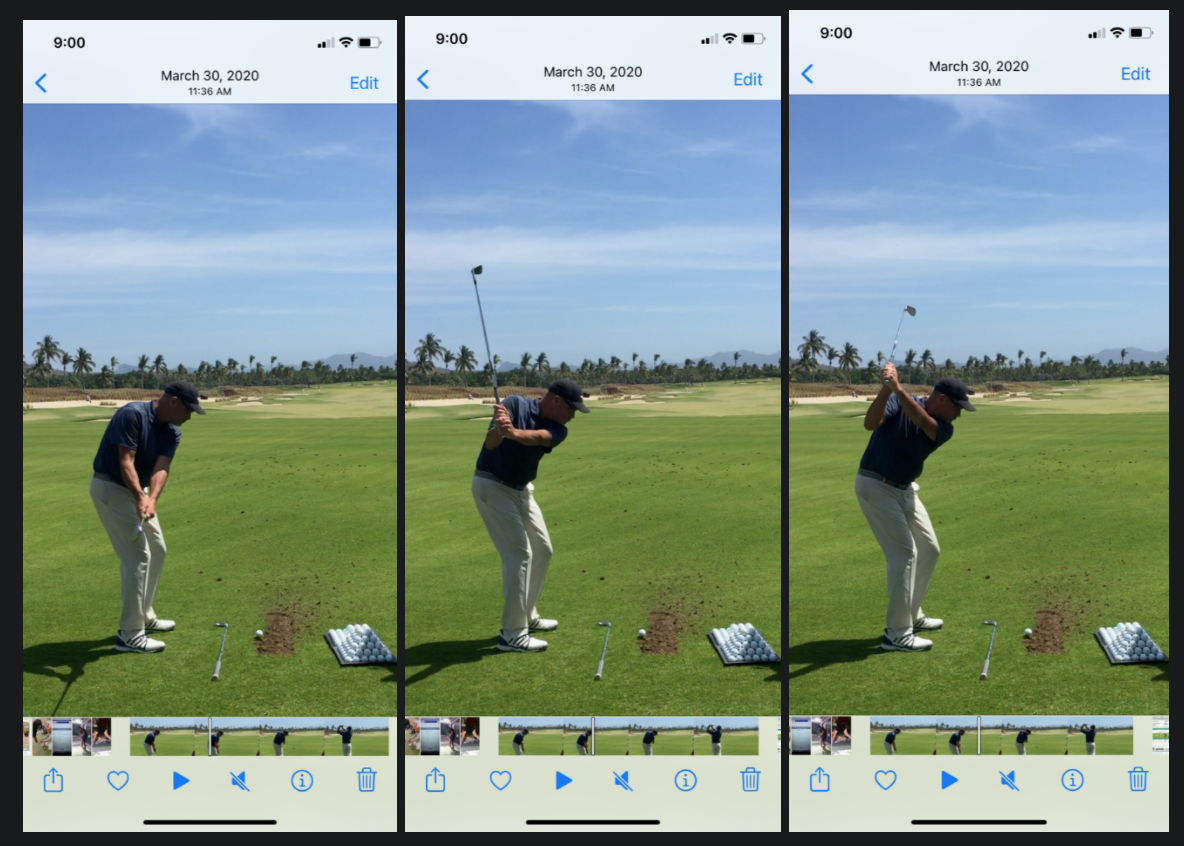
There is one thing for certain when it comes to golf, none of us are getting any younger nor are we becoming more flexible naturally. In fact, it is absolutely amazing to me just how fast you seem to lose the simple things in your swing when you don’t swing the club for some time or pay much attention to the “basics” that you would normally focus on when practicing and playing during more serious times.
As I’ve understood more about my swing, I have reached the point where I hardly hit the ball any different regardless of how long it has been since I last touched a club. At this stage in my life I never practice, play 6-12 times a year, and rarely look at my golf swing on video. However, I was attending a TPI Seminar a few days ago and they wanted some sample videos for “case studies” during the class, so I videoed my swing and sent it in to help with the class.
When the video was put on the screen what I saw standing on the range and swinging was the SAME guy I had taught a million times in the past — but now it was me — a middle-aged guy, in reasonable shape, who had become a weekend player at best in terms of volume of rounds but needed a serious bout of gym work on his “golf muscles!”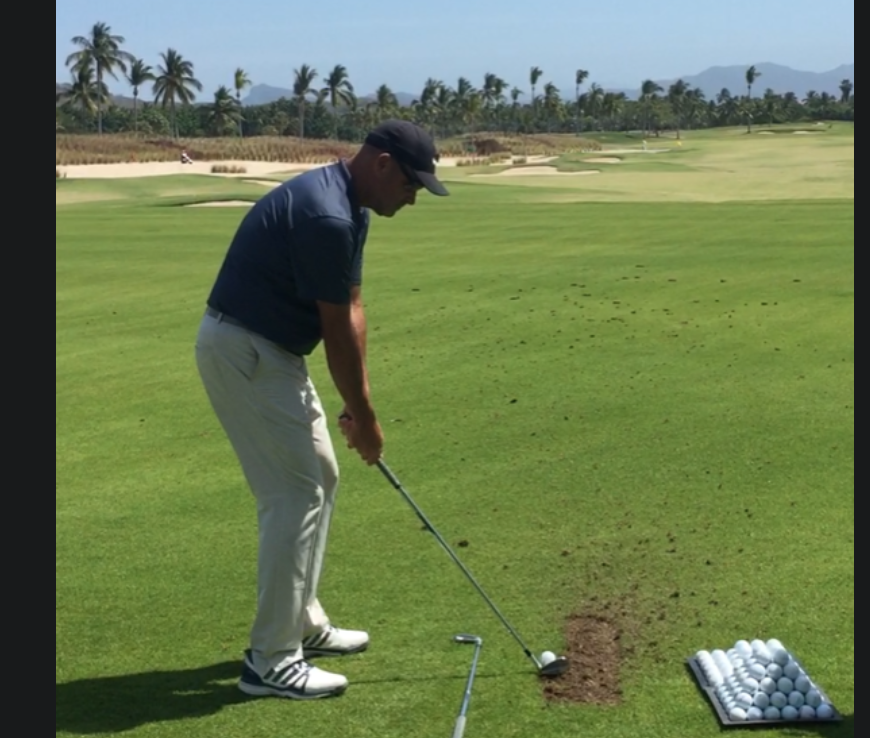
It was astounding to me that over the last year or two I had completely lost my ability to hinge my hips properly, retract my scapular bones- pulling my shoulders back at address, and basically set up in a position athletically where I had the any chance to rotate- not lift the club with my arms to the top.
In fact the poor conditioning (caused by an overfocus on cardio) in my world had caused a major fault in my address posture. This issue exacerbated the lifting of my arms and put me in a position where I had no power nor control of the golf ball whatsoever.
To quote the great work of Dr. Greg Rose and David Phillips from The Titleist Performance Institute I was in C-Posture…
“C-Posture occurs when the shoulders and thoracic spine are slumped forward at address and there is a definitive roundness to the back from the tailbone to the back of the neck (looks like the letter “C”). This posture can limit the player’s ability to rotate by dramatically reducing thoracic spine mobility. If the player fails to keep the backswing short, they will find it difficult to maintain posture as they swing the club back. Any excessive rounding of the upper back or thoracic spine in the golf posture is termed a C-Posture. This posture can simply be the result of a poor setup position and can be corrected by physically adjusting the posture to a more neutral spine.”

Let’s take a quick look at my backswing from this C-Posture position that TPI described in my set-up. You can see that as I take the club back the shoulder turn begins to slow and stall while the arms lift the club to the top as a result. From here I have basically put myself into a position where I have compromised myself in the areas of power and control!
So now that I now understood where I stood, what caused this C-Posture? Was it my lack of resistance training, non-existent flexibility work, or just being “lazy” during my set up position? The old me- pre TPI- would have said without a doubt it me just being lazy at address and it would be a simple fix.
However, that was not the case as the seminar progressed as I later found out as Dr. Rose and David Philips continued to reiterate “that the majority of C-Postures are caused by a series of muscle imbalances and joint restrictions that are developed over many years that creep into your game slowly over time and then explode on to the scene “appearing” almost over-night!” Wonderful, my laziness in the gym had finally caught up with me!
UPPER CROSSED SYNDROME The muscle imbalances seen in the graphic below C-Posture illustration are collectively called an Upper Crossed Syndrome. The term, Upper Crossed, was also coined by Dr. Vladimir Janda. Dr. Janda noticed the same pattern of muscle imbalances on so many people that he started calling the pattern an Upper Crossed Syndrome. The most significant joint restriction seen in the C-Posture is the lack of thoracic spine extension (limited backward bend or arching of the upper back). This can make it almost impossible to eliminate the C-Posture. Lack of T-Spine extension can lead to a severe loss of spinal rotation, which in turn, will limit the ability to create a good backswing turn.
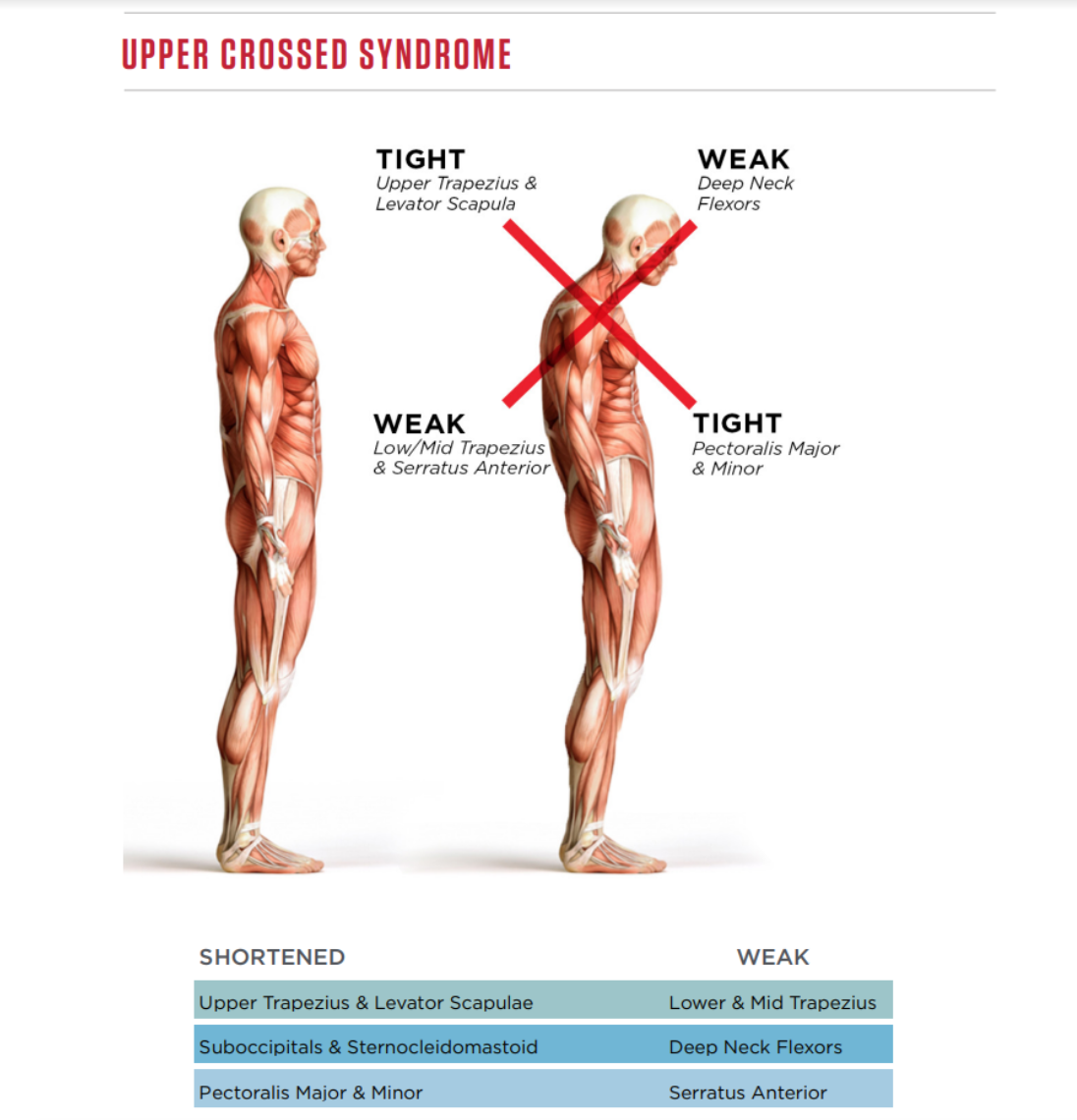
Because of my lack of conditioning and improper focus on cardio I had allowed myself to fall into a category of posture that is a direct result of inactivity. I had fallen victim to this UPPER CROSSED SYNDROME.
“This is the most significant joint restriction seen in C-Posture for golfers which is the lack of thoracic spine extension (limited backward bend or arching of the upper back.) This condition and posture can also lead to a severe loss of spinal rotation, which in turn limits the ability to create a good backswing turn. This can be the result of restricted hip hinging, which forces the player to compensate by excessively hinging from the thoracic spine.”
“For many players, simply telling them to stop rounding their shoulders or straightening their spine will not make a significant change and can actually be detrimental to their golf swing. Actually, most of our research shows that if C-Posture is a result of muscle and joint imbalances, the only way to correct the posture for good is to address these limitations in the gym or with a healthcare provider.” (TPI Level 1 Body-Swing Connection)
Now that I we understand what this C-Posture did to my swing and how this C-Posture was caused in my own personal world what am I left to do? Can I fix my swing?
Well, I have two options:
- I can do nothing physiologically but try and set up keeping my posture in mind and see if it improves. (We know it won’t!)
- I can do some work in the gym and work on my mechanics over time to truly eradicate this flaw at the root
What should I do? What option do you thing would be the best way for me to have long-term success? Of course, choosing option number 2, however, golfers continually choose option 1 for not only C-Posture but many other issues that TPI has identified and wonder why their swing never improves.
I’m here to tell you that jumping from teacher to teacher is NOT the answer, it is to follow Greg and Dave’s advice and choose option 2…do it for yourself and the long-term health of your golf swing!
Think about it!
Question or comments? [email protected]
- LIKE26
- LEGIT6
- WOW2
- LOL2
- IDHT1
- FLOP4
- OB2
- SHANK5
Instruction
Clement: Stop ripping off your swing with this drill!

Not the dreaded headcover under the armpit drill! As if your body is defective and can’t function by itself! Have you seen how incredible the human machine is with all the incredible feats of agility all kinds of athletes are accomplishing? You think your body is so defective (the good Lord is laughing his head off at you) that it needs a headcover tucked under the armpit so you can swing like T-Rex?
- LIKE0
- LEGIT1
- WOW2
- LOL0
- IDHT0
- FLOP0
- OB0
- SHANK2
Instruction
How a towel can fix your golf swing

This is a classic drill that has been used for decades. However, the world of marketed training aids has grown so much during that time that this simple practice has been virtually forgotten. Because why teach people how to play golf using everyday items when you can create and sell a product that reinforces the same thing? Nevertheless, I am here to give you helpful advice without running to the nearest Edwin Watts or adding something to your Amazon cart.
For the “scoring clubs,” having a solid connection between the arms and body during the swing, especially through impact, is paramount to creating long-lasting consistency. And keeping that connection throughout the swing helps rotate the shoulders more to generate more power to help you hit it farther. So, how does this drill work, and what will your game benefit from it? Well, let’s get into it.
Setup
You can use this for basic chip shots up to complete swings. I use this with every club in my bag, up to a 9 or 8-iron. It’s natural to create incrementally more separation between the arms and body as you progress up the set. So doing this with a high iron or a wood is not recommended.
While you set up to hit a ball, simply tuck the towel underneath both armpits. The length of the towel will determine how tight it will be across your chest but don’t make it so loose that it gets in the way of your vision. After both sides are tucked, make some focused swings, keeping both arms firmly connected to the body during the backswing and follow through. (Note: It’s normal to lose connection on your lead arm during your finishing pose.) When you’re ready, put a ball in the way of those swings and get to work.

Get a Better Shoulder Turn
Many of us struggle to have proper shoulder rotation in our golf swing, especially during long layoffs. Making a swing that is all arms and no shoulders is a surefire way to have less control with wedges and less distance with full swings. Notice how I can get in a similar-looking position in both 60° wedge photos. However, one is weak and uncontrollable, while the other is strong and connected. One allows me to use my larger muscles to create my swing, and one doesn’t. The follow-through is another critical point where having a good connection, as well as solid shoulder rotation, is a must. This drill is great for those who tend to have a “chicken wing” form in their lead arm, which happens when it becomes separated from the body through impact.
In full swings, getting your shoulders to rotate in your golf swing is a great way to reinforce proper weight distribution. If your swing is all arms, it’s much harder to get your weight to naturally shift to the inside part of your trail foot in the backswing. Sure, you could make the mistake of “sliding” to get weight on your back foot, but that doesn’t fix the issue. You must turn into your trial leg to generate power. Additionally, look at the difference in separation between my hands and my head in the 8-iron examples. The green picture has more separation and has my hands lower. This will help me lessen my angle of attack and make it easier to hit the inside part of the golf ball, rather than the over-the-top move that the other picture produces.


Stay Better Connected in the Backswing
When you don’t keep everything in your upper body working as one, getting to a good spot at the top of your swing is very hard to do. It would take impeccable timing along with great hand-eye coordination to hit quality shots with any sort of regularity if the arms are working separately from the body.
Notice in the red pictures of both my 60-degree wedge and 8-iron how high my hands are and the fact you can clearly see my shoulder through the gap in my arms. That has happened because the right arm, just above my elbow, has become totally disconnected from my body. That separation causes me to lift my hands as well as lose some of the extension in my left arm. This has been corrected in the green pictures by using this drill to reinforce that connection. It will also make you focus on keeping the lead arm close to your body as well. Because the moment either one loses that relationship, the towel falls.


Conclusion
I have been diligent this year in finding a few drills that target some of the issues that plague my golf game; either by simply forgetting fundamental things or by coming to terms with the faults that have bitten me my whole career. I have found that having a few drills to fall back on to reinforce certain feelings helps me find my game a little easier, and the “towel drill” is most definitely one of them.
- LIKE11
- LEGIT1
- WOW2
- LOL0
- IDHT0
- FLOP2
- OB0
- SHANK8
Instruction
Clement: Why your practice swing never sucks
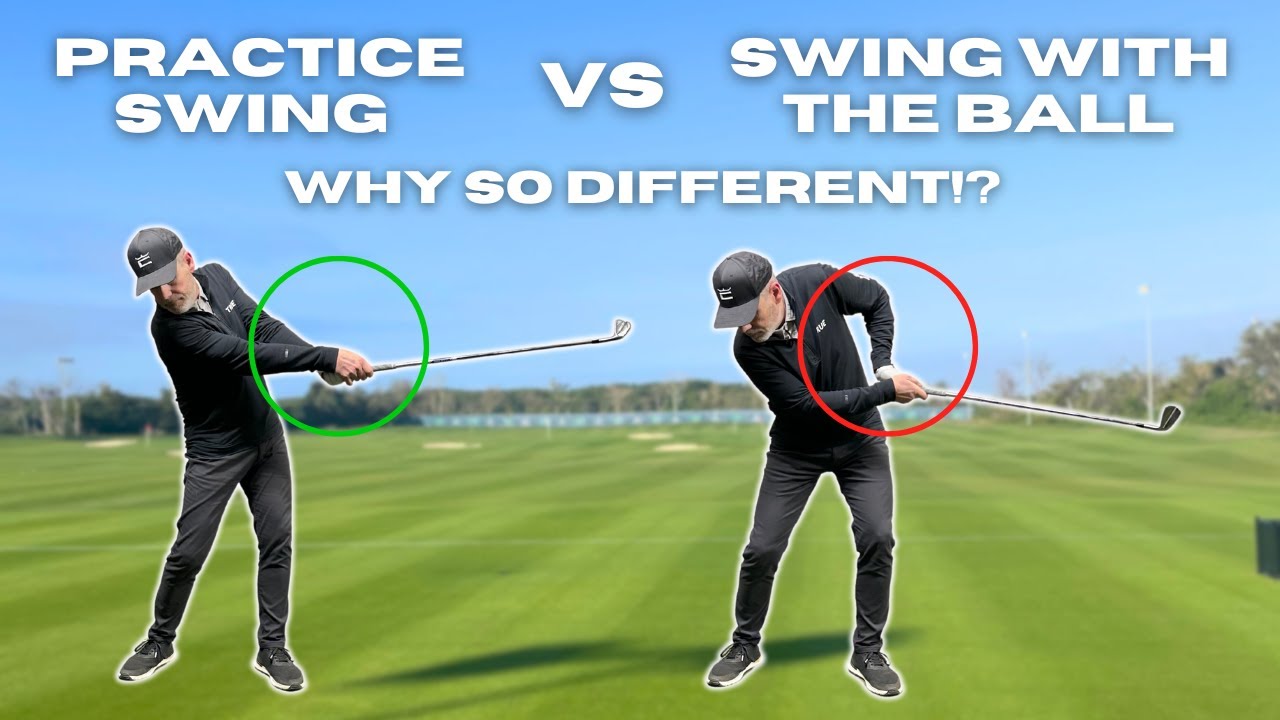
You hear that one all the time; I wish I could put my practice swing on the ball! We explain the huge importance of what to focus on to allow the ball to be perfectly in the way of your practice swing. Enjoy!
- LIKE0
- LEGIT0
- WOW0
- LOL0
- IDHT0
- FLOP0
- OB0
- SHANK2
-

 19th Hole3 days ago
19th Hole3 days agoJohn Daly stuns fans into silence with brutal opening tee shot on PGA Tour Champions
-

 19th Hole1 week ago
19th Hole1 week ago2-time major champ announces shock retirement from the sport at age of 33
-

 19th Hole1 week ago
19th Hole1 week agoEdoardo Molinari reveals the latest PGA Tour golfer to turn down ‘good offer’ from LIV Golf
-

 19th Hole1 week ago
19th Hole1 week agoScottie Scheffler had an interesting response when asked how he ‘quiets the noise’ following Players victory
-

 19th Hole1 week ago
19th Hole1 week agoJon Rahm dealt fresh blow to hopes of qualifying for 2025 Ryder Cup
-
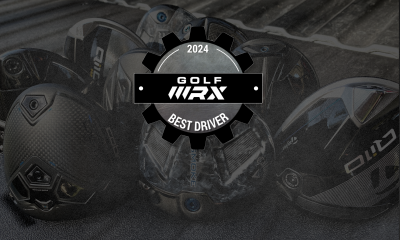
 Equipment2 weeks ago
Equipment2 weeks agoBest driver 2024: The best driver for you, as recommend by expert club fitters
-

 19th Hole3 days ago
19th Hole3 days agoCharlie Woods finds it tough going on American Junior Golf Association debut
-
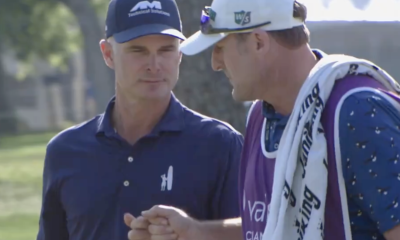
 19th Hole6 days ago
19th Hole6 days agoWhy Kevin Streelman sought USGA approval to use this equipment tool as he leads Valspar after round one













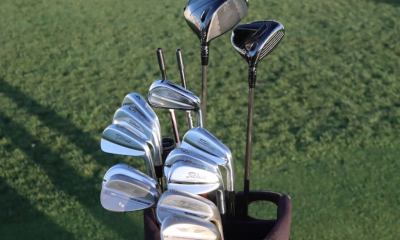

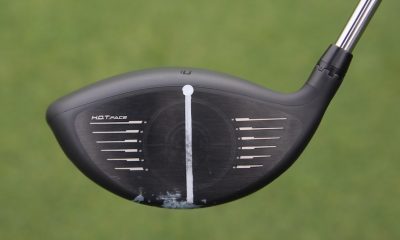

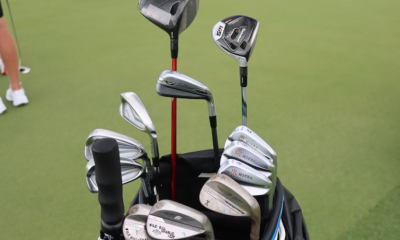

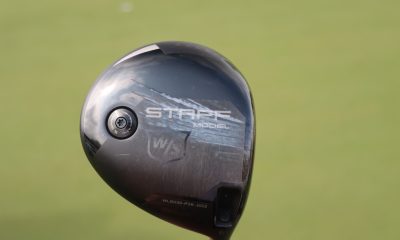

LOWEBOY
Mar 30, 2022 at 5:44 pm
The fix is to lift weights, stretch, do physical training, strength training, flexibility training, anything and everything to get more strength and mobility to improve your posture, which, in turn, improves your golf swing. He gave the answer, he just didn’t hold your hands in the process. Also, get out of the seat, walk, stop staring down at your phones, there are so many posture-killing things in our lives today.
Ray
Mar 19, 2022 at 12:25 pm
OK, so What is the Fix?
Otherwise, its just anecdotal storytelling.
Chuck
Mar 13, 2022 at 7:49 pm
Tom I think this is a brilliant column. That is, if it were Part One of a 3- or 4-part series.
You have diagnosed yourself seemingly very well. Identified the problem. Decided what needed to be fixed. And then left it there!
What the heck is the fix?
JFI
Mar 12, 2022 at 9:23 pm
Too many words without addressing the issue of the C posture correction.